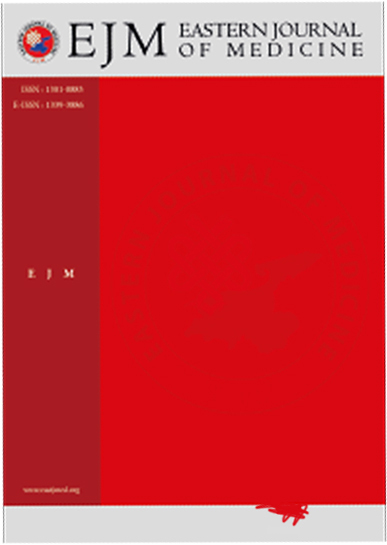Our Experience with Percutaneous Vertebroplasty and Kyphoplasty in Osteoporotic Spinal Fractures
Abdulmutalip Karaaslanlı1, Abdurrahman Çetin21Van Yuzuncu Yil University, Faculty of Medicine, Department of Neurosurgery, Van, Turkey2Department of Neurosurgery, Gazi Yaşargil Training and Research Hospital, Diyarbakır, Turkey
INTRODUCTION: Osteoporotic vertebral fractures are a prevalent complication associated with osteoporosis and they are especially common in the elderly. Vertebroplasty and kyphoplasty are minimally invasive surgical techniques designed to address these fractures. These procedures aim to alleviate the pain, prevent the progression of kyphosis, and enhance the quality of life for patients. This study retrospectively examines 30 patients who underwent percutaneous vertebroplasty at Gazi Yaşargil Training and Research Hospital from January 2020 to December 2024.
METHODS: The study involved 30 patients, whose pain levels assessed using the Visual Analog Scale before and after surgery. Changes in vertebral body height were also measured before and after the operation. All procedures were conducted under local anesthesia or sedation analgesia, with Polymethylmethacrylate cement injected at thoracic and lumbar levels. Statistical analysis was performed using SPSS software.
RESULTS: The average preoperative visual analog scale score was 7.68, which significantly decreased to 3.25 after operations (p < 0.001). Additionally, the mean vertebral body height increased from 10.19 mm before surgery to 11.54 mm after surgery (p < 0.001). These results suggest that vertebroplasty effectively reduces pain and restores vertebral height.
DISCUSSION AND CONCLUSION: Percutaneous vertebroplasty is a viable treatment option for osteoporotic and pathological vertebral fractures. This technique effectively manages pain, enhances vertebral stability, and supports early patient mobilization. With meticulous application, the risk of complications is minimized.
Manuscript Language: English














